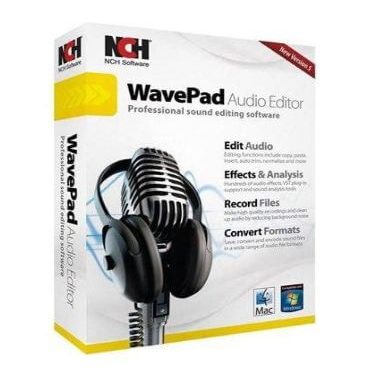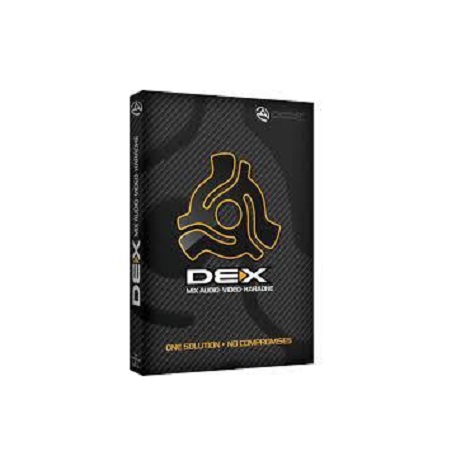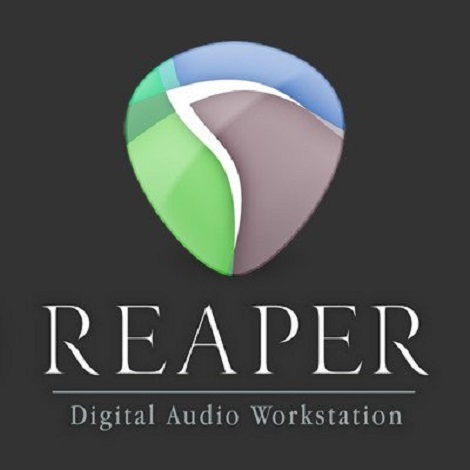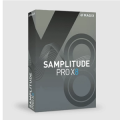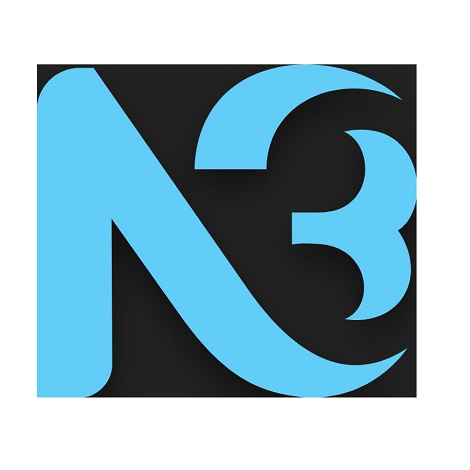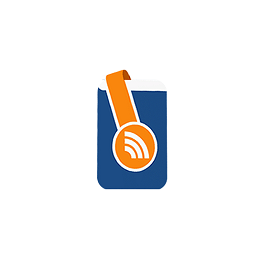Download Tsugi-Studios AudioBot full version program free setup for Windows. Supports most common file formats: Wave (including broadcast wave), AIFF, MP3, Ogg Vorbis, Flac…
Tsugi-Studios AudioBot Overview
Tsugi-Studios’ AudioBot is an innovative and powerful tool for automating audio processing and sound design workflows. It is designed to streamline repetitive tasks and enhance efficiency in audio production. With its wide range of features and customizable automation capabilities, AudioBot offers a versatile solution for sound designers, composers, and audio engineers. One of the key features of AudioBot is its intuitive visual scripting system. Users can create custom automation scripts by connecting nodes in a graphical interface. This allows for the creation of complex audio processing chains, where parameters and actions can be controlled and automated with precision. The tool provides an extensive library of audio processing nodes, covering a wide range of effects, filters, modulation tools, and mixing utilities. Users can easily combine these nodes to create custom audio processing chains tailored to their specific needs. This flexibility enables sound designers to experiment, explore new creative possibilities, and refine their audio designs. AudioBot supports real-time automation, allowing users to monitor and adjust parameters in real-time as the audio is playing. This capability facilitates instant feedback and fine-tuning during the sound design process. Users can automate parameters such as volume, panning, effects settings, and modulation parameters, creating dynamic and evolving soundscapes. You may also like OcenAudio 3 Free Download

The tool offers integration with popular digital audio workstations (DAWs) and plugin formats, allowing for seamless integration into existing audio production workflows. It supports both VST and Audio Unit plugins, ensuring compatibility with a wide range of software and hardware. AudioBot includes a comprehensive set of tools for audio file management and batch processing. Users can perform tasks such as batch file renaming, conversion, and metadata editing. This feature is particularly useful when dealing with large audio libraries or when preparing audio assets for game development or multimedia projects. The tool provides extensive MIDI control options, allowing users to map MIDI controllers to various parameters and actions. This enables hands-on control and manipulation of audio processing parameters in real-time, enhancing the user’s workflow and creativity. AudioBot supports scripting capabilities, allowing users to write custom scripts in popular programming languages such as JavaScript. This opens up possibilities for advanced automation and integration with external systems and workflows. Another notable feature of AudioBot is its ability to handle large-scale audio projects. It offers a flexible workspace with customizable views, allowing users to organize and manage complex audio processing chains and automation scripts efficiently. AudioBot also provides an interactive and responsive user community. Users can share automation scripts, exchange ideas, and seek support from fellow sound designers and developers. This collaborative environment fosters creativity, learning, and growth within the audio production community.
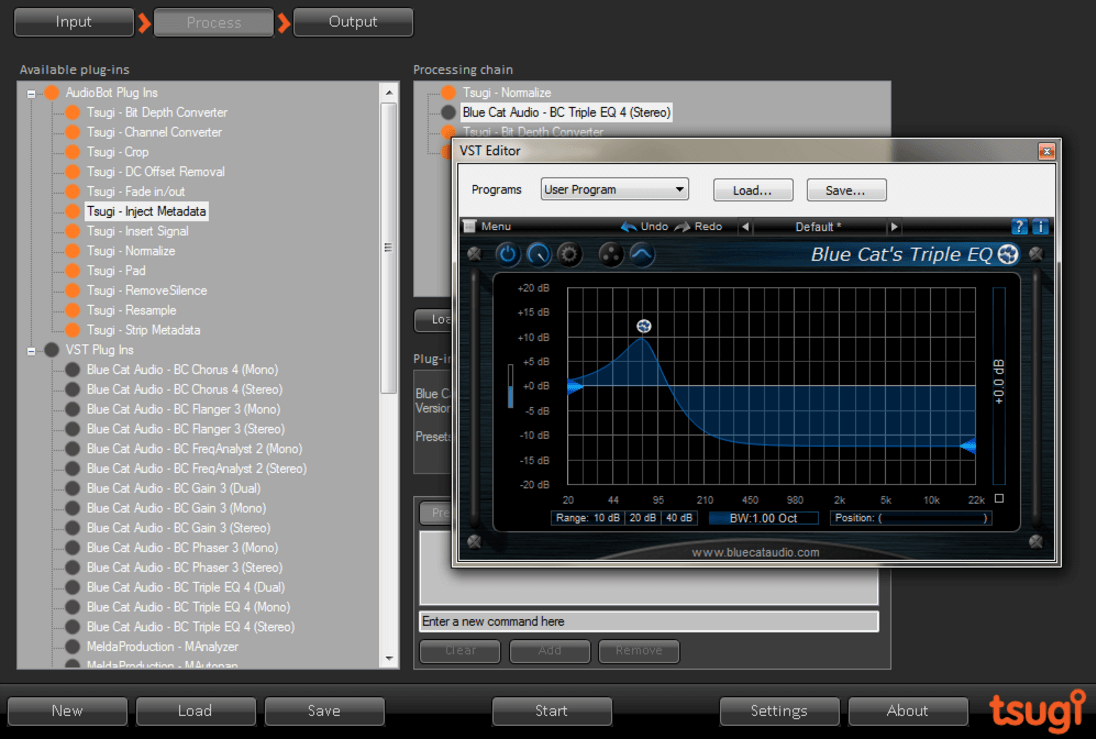
In summary, Tsugi-Studios’ AudioBot is a powerful automation tool that enhances efficiency and creativity in audio production workflows. With its intuitive visual scripting system, extensive library of audio processing nodes, real-time automation capabilities, integration with DAWs and plugins, batch processing tools, MIDI control options, scripting capabilities, and interactive user community, AudioBot offers a comprehensive solution for automating audio processing and sound design tasks. It empowers sound designers and audio professionals to streamline their workflows, explore new creative possibilities, and achieve high-quality audio results.
Features
- Visual scripting system: AudioBot features an intuitive graphical interface for creating custom automation scripts by connecting nodes, enabling complex audio processing chains.
- Extensive library of audio processing nodes: The tool provides a wide range of nodes for effects, filters, modulation tools, and mixing utilities, allowing for versatile audio processing options.
- Real-time automation: Users can monitor and adjust parameters in real-time as the audio is playing, providing instant feedback and fine-tuning capabilities.
- Integration with popular DAWs: AudioBot seamlessly integrates with popular digital audio workstations, enabling smooth integration into existing audio production workflows.
- VST and Audio Unit support: The tool supports both VST and Audio Unit plugins, ensuring compatibility with a wide range of software and hardware.
- Customizable automation scripts: Users can create customized automation scripts tailored to their specific needs, providing flexibility and creative control.
- Dynamic and evolving soundscapes: AudioBot allows users to automate parameters such as volume, panning, effects settings, and modulation parameters, creating dynamic and evolving audio experiences.
- Audio file management: The tool offers tools for batch file renaming, conversion, and metadata editing, simplifying audio file management tasks.
- MIDI control options: Users can map MIDI controllers to parameters and actions, facilitating hands-on control and real-time manipulation of audio processing parameters.
- Scripting capabilities: AudioBot supports scripting in popular programming languages such as JavaScript, allowing for advanced automation and integration with external systems.
- Large-scale project handling: The tool provides a flexible workspace with customizable views, enabling efficient organization and management of complex audio projects.
- Collaborative user community: AudioBot fosters a supportive user community where sound designers can share automation scripts, exchange ideas, and seek support.
- Batch processing: Users can process multiple audio files simultaneously, saving time and effort in repetitive tasks.
- Signal routing and mixing: AudioBot allows for complex signal routing and mixing operations, providing control over audio routing and blending.
- Time-based automation: Users can automate parameters over time, creating precise and synchronized audio changes.
- Dynamic range compression: The tool offers dynamic range compression modules for controlling the dynamic range of audio signals.
- EQ and filtering options: AudioBot provides equalization and filtering modules for adjusting the frequency content of audio signals.
- Spatial audio processing: Users can apply spatial audio processing techniques, such as panning and spatialization, to create immersive audio experiences.
- Creative effects: The tool offers a variety of creative effects modules for adding unique textures and transformations to audio signals.
- Parameter modulation: Users can modulate parameters using various modulation sources, such as LFOs and envelopes, for dynamic and expressive audio changes.
- Time stretching and pitch shifting: AudioBot supports time stretching and pitch shifting capabilities, allowing users to manipulate the timing and pitch of audio signals.
- Noise reduction and restoration: The tool includes modules for noise reduction and audio restoration, enabling users to improve the quality of audio recordings.
- Dynamic mixing: Users can dynamically adjust the mix and balance of audio elements based on various automation parameters and events.
- Harmonic processing: AudioBot provides modules for harmonic processing, allowing users to shape the tonal characteristics of audio signals.
- Convolution processing: Users can apply convolution processing techniques for realistic reverberation and spatial effects.
- Multichannel support: The tool supports multichannel audio, allowing for processing and manipulation of surround sound and immersive audio formats.
- Audio analysis tools: AudioBot includes tools for audio analysis, such as spectrum analysis and waveform visualization, aiding in sound design and processing decisions.
- Pitch correction and manipulation: Users can correct and manipulate the pitch of audio signals using dedicated modules and algorithms.
- Sample manipulation: The tool offers modules for sample manipulation, enabling users to slice, stretch, and rearrange audio samples.
- Timecode synchronization: AudioBot supports timecode synchronization with external devices, allowing for precise synchronization of audio and video elements.
- Automation curve editing: Users can edit automation curves to fine-tune the shape and timing of parameter changes.
- Audio restoration and cleanup: The tool provides modules and tools for audio restoration, noise reduction, and cleanup, ensuring high-quality audio results.
- Interactive scripting interface: Users can interactively edit and modify automation scripts in real-time, making it easy to experiment and refine settings.
- Advanced time-based effects: AudioBot includes modules for advanced time-based effects, such as delays, reverbs, and modulation effects.
- Macros and presets: Users can create macros and presets to save and recall frequently used automation setups and processing chains.
- Dynamic music composition: AudioBot supports dynamic music composition and generative music techniques, allowing for adaptive and interactive music systems.
- Surround sound processing: Users can process and manipulate surround sound formats, such as 5.1 or 7.1, for immersive audio experiences.
- Pitch detection and analysis: The tool provides pitch detection and analysis tools, assisting in pitch-based processing and tuning tasks.
- Offline and real-time processing: AudioBot supports both offline and real-time audio processing modes, providing flexibility in different production scenarios.
- Continuous updates and improvements: Tsugi-Studios provides regular updates and improvements to AudioBot, ensuring compatibility with the latest technologies and addressing user feedback and requests.
Technical Details
- Software Name: Tsugi-Studios AudioBot for Windows
- Software File Name: Tsugi-Studios-AudioBot-v1.1.rar
- Software Version: v1.1
- File Size: 7.49 MB
- Developers: tsugi-studio
- File Password: 123
- Language: Multilingual
- Working Mode: Offline (You donÆt need an internet connection to use it after installing)
System Requirements
- Operating System: Win 7, 8, 10, 11
- Free Hard Disk Space:
- Installed Memory: 1 GB
- Processor: Intel Dual Core processor or later
- Minimum Screen Resolution: 800 x 600
What is the latest version of Tsugi-Studios AudioBot?
The developers consistently update the project. You can view the most recent software update on their official website.
Is it worth it to install and use Software Tsugi-Studios AudioBot?
Whether an app is worth using or not depends on several factors, such as its functionality, features, ease of use, reliability, and value for money.
To determine if an app is worth using, you should consider the following:
- Functionality and features: Does the app provide the features and functionality you need? Does it offer any additional features that you would find useful?
- Ease of use: Is the app user-friendly and easy to navigate? Can you easily find the features you need without getting lost in the interface?
- Reliability and performance: Does the app work reliably and consistently? Does it crash or freeze frequently? Does it run smoothly and efficiently?
- Reviews and ratings: Check out reviews and ratings from other users to see what their experiences have been like with the app.
Based on these factors, you can decide if an app is worth using or not. If the app meets your needs, is user-friendly, works reliably, and offers good value for money and time, then it may be worth using.
Is Tsugi-Studios AudioBot Safe?
Tsugi-Studios AudioBot is widely used on Windows operating systems. In terms of safety, it is generally considered to be a safe and reliable software program. However, it’s important to download it from a reputable source, such as the official website or a trusted download site, to ensure that you are getting a genuine version of the software. There have been instances where attackers have used fake or modified versions of software to distribute malware, so it’s essential to be vigilant and cautious when downloading and installing the software. Overall, this software can be considered a safe and useful tool as long as it is used responsibly and obtained from a reputable source.
How to install software from the WinRAR file?
To install an application that is in a WinRAR archive, follow these steps:
- Extract the contents of the WinRAR archive to a folder on your computer. To do this, right-click on the archive and select ”Extract Here” or ”Extract to [folder name]”.”
- Once the contents have been extracted, navigate to the folder where the files were extracted.
- Look for an executable file with a .exeextension. This file is typically the installer for the application.
- Double-click on the executable file to start the installation process. Follow the prompts to complete the installation.
- After the installation is complete, you can launch the application from the Start menu or by double-clicking on the desktop shortcut, if one was created during the installation.
If you encounter any issues during the installation process, such as missing files or compatibility issues, refer to the documentation or support resources for the application for assistance.
Can x86 run on x64?
Yes, x86 programs can run on an x64 system. Most modern x64 systems come with a feature called Windows-on-Windows 64-bit (WoW64), which allows 32-bit (x86) applications to run on 64-bit (x64) versions of Windows.
When you run an x86 program on an x64 system, WoW64 translates the program’s instructions into the appropriate format for the x64 system. This allows the x86 program to run without any issues on the x64 system.
However, it’s important to note that running x86 programs on an x64 system may not be as efficient as running native x64 programs. This is because WoW64 needs to do additional work to translate the program’s instructions, which can result in slower performance. Additionally, some x86 programs may not work properly on an x64 system due to compatibility issues.
What is the verdict?
This app is well-designed and easy to use, with a range of useful features. It performs well and is compatible with most devices. However, may be some room for improvement in terms of security and privacy. Overall, it’s a good choice for those looking for a reliable and functional app.
Download Tsugi-Studios AudioBot Latest Version Free
Click on the button given below to download Tsugi-Studios AudioBot free setup. It is a complete offline setup for Windows and has excellent compatibility with x86 and x64 architectures.
File Password: 123

